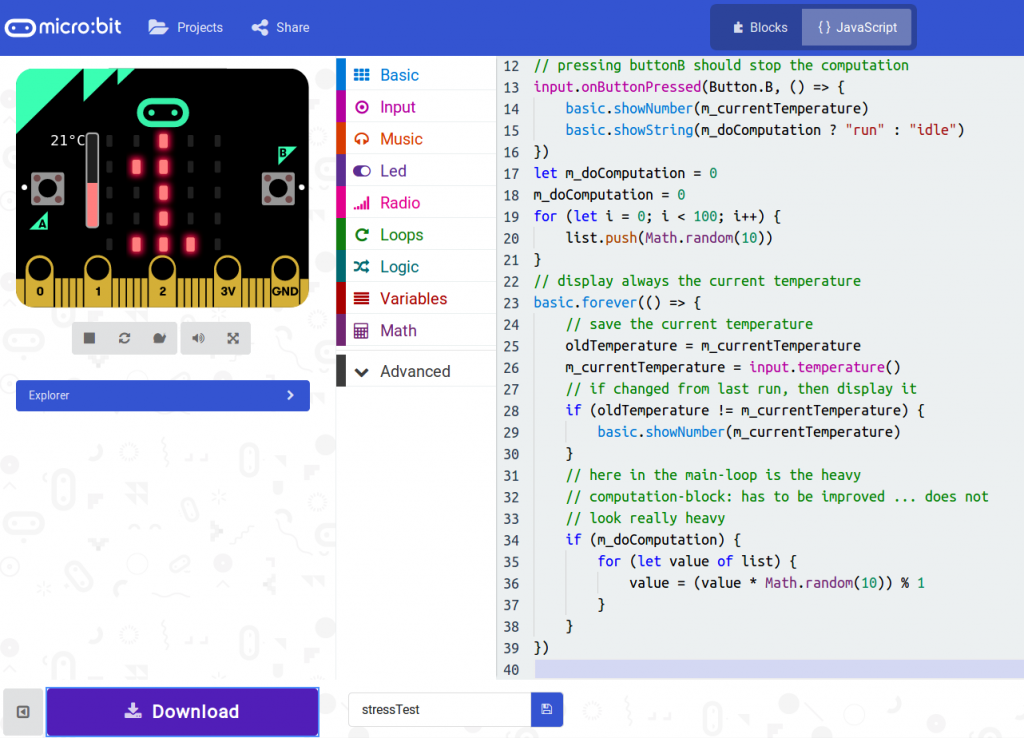After gaining some experience with the Calliope mini I was eager to have look over the edge of the plate and found the Sino:bit with an even bigger matrix of 144 LED. BUT: there is still the humble predecessor, the BBC micro:bit. A very original and clever project to get ALL children at school started. At a price of around 17€ what can go wrong? Give ten children one for free and even if just one turns into a programmer/software-developer (or just gains a bit insight how their favorite electronic gadgets work), then it was worth but. But what do I say as german citizen. Hello Flugtaxi :’|
I plan to get my feet into the cold and muddy waters of robotics. Of course, assembling the :move mini with the bulldozer add-on will be nothing great, but I’ve craved to find out how to control a servo and how to put some life into the boring aspects of programming. Just kidding. But blinking LED and measuring values is nice, but … I want to build my own cat-feeder. Or at least something which moves and blinks to keep them a bit attracted.
And: the micro:bit and Calliope mini feature both Bluetooth-radios, so connecting them shouldn’t be a problem.
Another advantage: somehow the given libraries for the micro:bit are more advanced and diverse than the Calliope’s, could be due to the release in 2015 versus 2017. Also: micro:bit features microPython. C not ..
My first idea was to create a stress-test. Play a bit around with the buttons and the “run in background”-feature. Still not heating properly and fast enough.
Code is visible on my micro:bit-repository on github. Just like the one for the Calliope. Suggestions how to make the processing unit glow are heartily accepted 🙂
Let us get coding. Somehow I like the enviroment with blocks and the possibility to switch to Javascript. Not my favorite dialect, but … sometimes you have to embrace what is given to you <3

Leave a Reply
You must be logged in to post a comment.